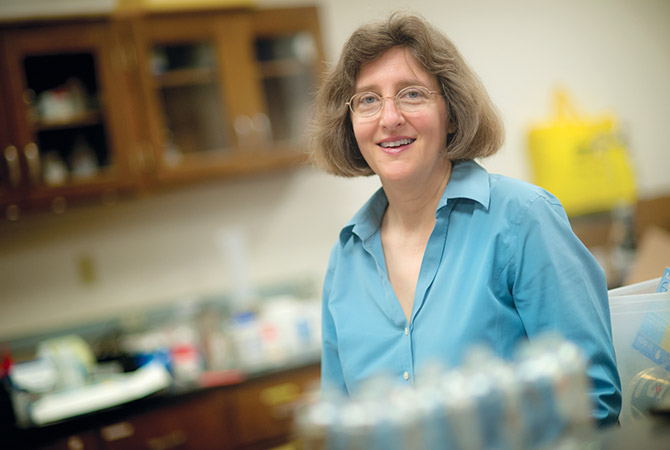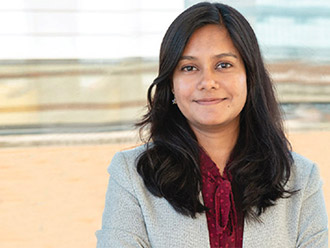For Professor Melanie Sattler, food waste is more than just garbage—it’s power. The environmental engineer is helping the North Central Texas Council of Governments (NCTCOG) determine how much more energy can be generated by diverting food waste from landfills to anaerobic food digesters.
For Professor Melanie Sattler, food waste is more than just garbage—it’s power.
“Twenty-two percent of our waste stream is food waste,” Dr. Sattler says. “It breaks down in landfills and produces methane, which can be used for alternative energy. But often the active part of the landfill doesn’t have a cover for two years and a lot of the gas escapes. The alternative to capture more of the gas is to use an anaerobic digester.”
There are currently eight wastewater treatment plants with digesters in North Texas. Sending food waste to these or new digesters would produce a better yield of biogas production.
“The North Central Texas Food Waste to Fuel Feasibility Study will be a step forward in assessing local opportunities to divert food waste from landfills to preserve landfill capacity, increase renewable energy production, and reduce vehicle emissions,” says NCTCOG Executive Director Mike Eastland.



